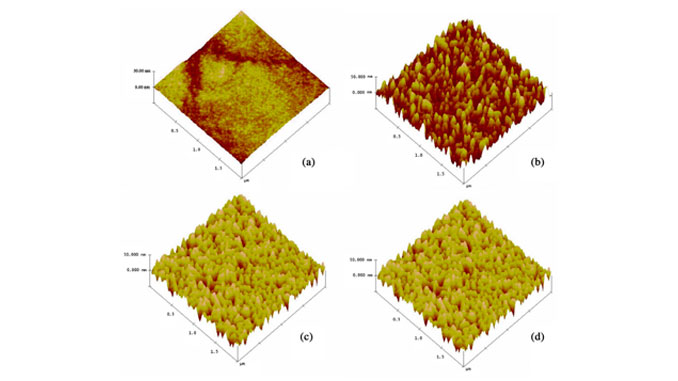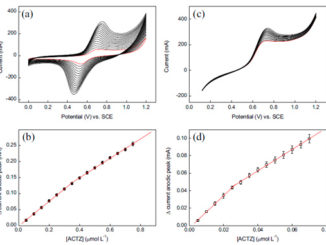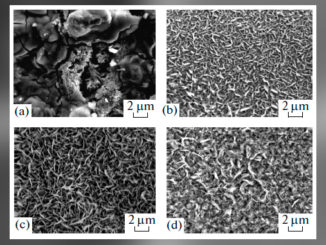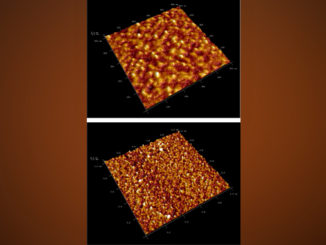
Writers: Valmor R. Mastelaro; Sérgio C. Zílio; Luis F. da Silva; Pedro I. Pelissari; Maria I.B. Bernardi; Jacques Guerin; Khalifa Aguir
Keywords: SrTi1−xFexO3 thin films; Ozone gas sensor; Nanostructure; Electron beam evaporation
Abstract: We report on the use of nanocrystalline SrTi1−xFexO3 (STF) for sensing ozone gas. Amorphous thin films were evaporated by the electron-beam physical vapor deposition technique and then converted to a polycrystalline form, as shown by X-ray diffraction patterns, after ex situ annealing at a relatively low temperature (550 °C). The influence of the iron content on the microstructure was investigated by both scanning electron microscopy (SEM) and atomic force microscopy (AFM), which revealed that the surface roughness of the films increased slightly as the amount of iron increased. Electrical resistance measurements were carried out to determine the response of the films upon exposure to ozone and when compared to other oxide metal sensors, STF films can also be considered as good candidates for application as ozone gas sensors.
See PDF: Ozone gas sensor based on nanocrystalline SrTi1−xFexO3 thin films
DOI: 10.1016/j.snb.2013.02.068




